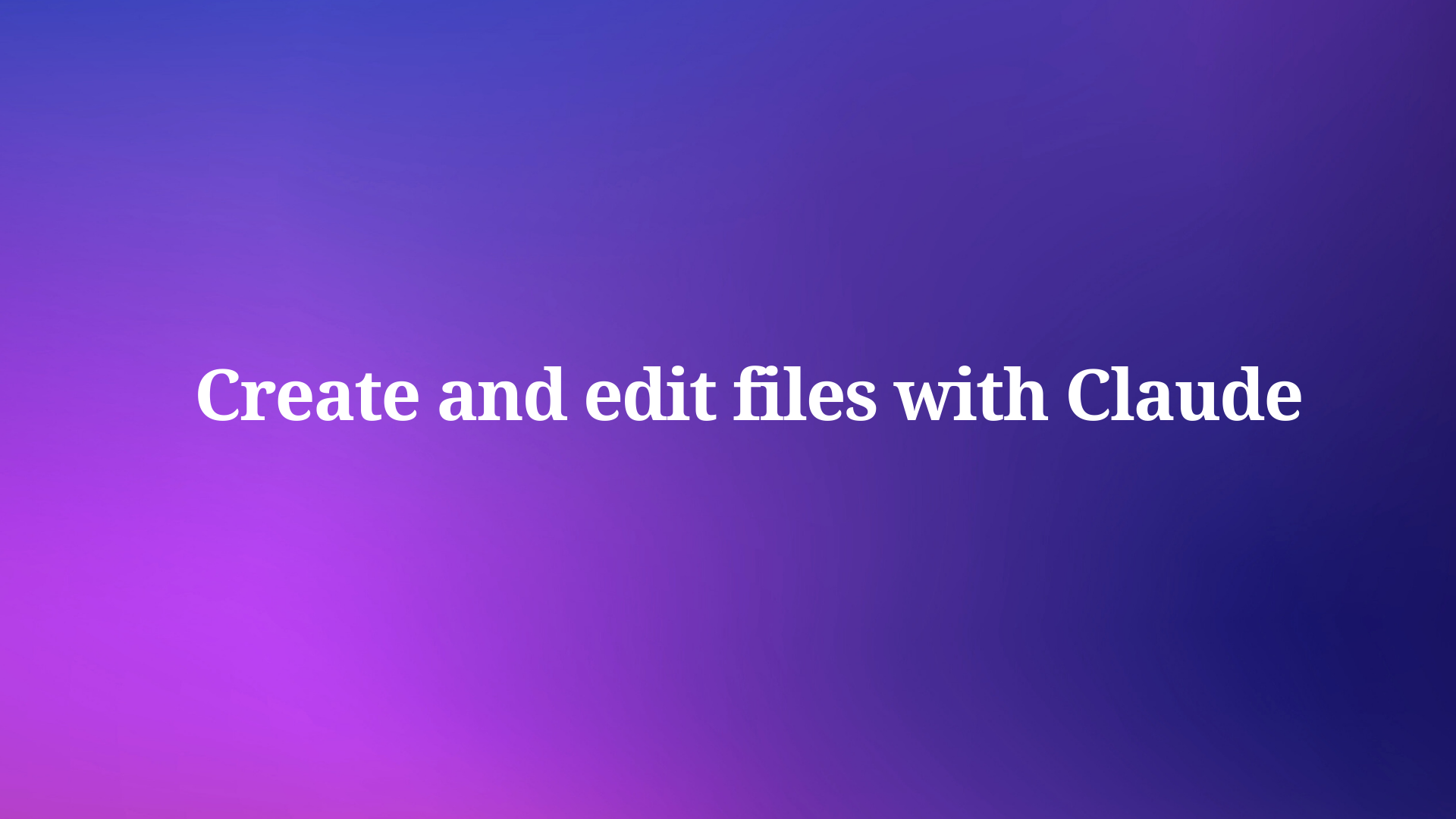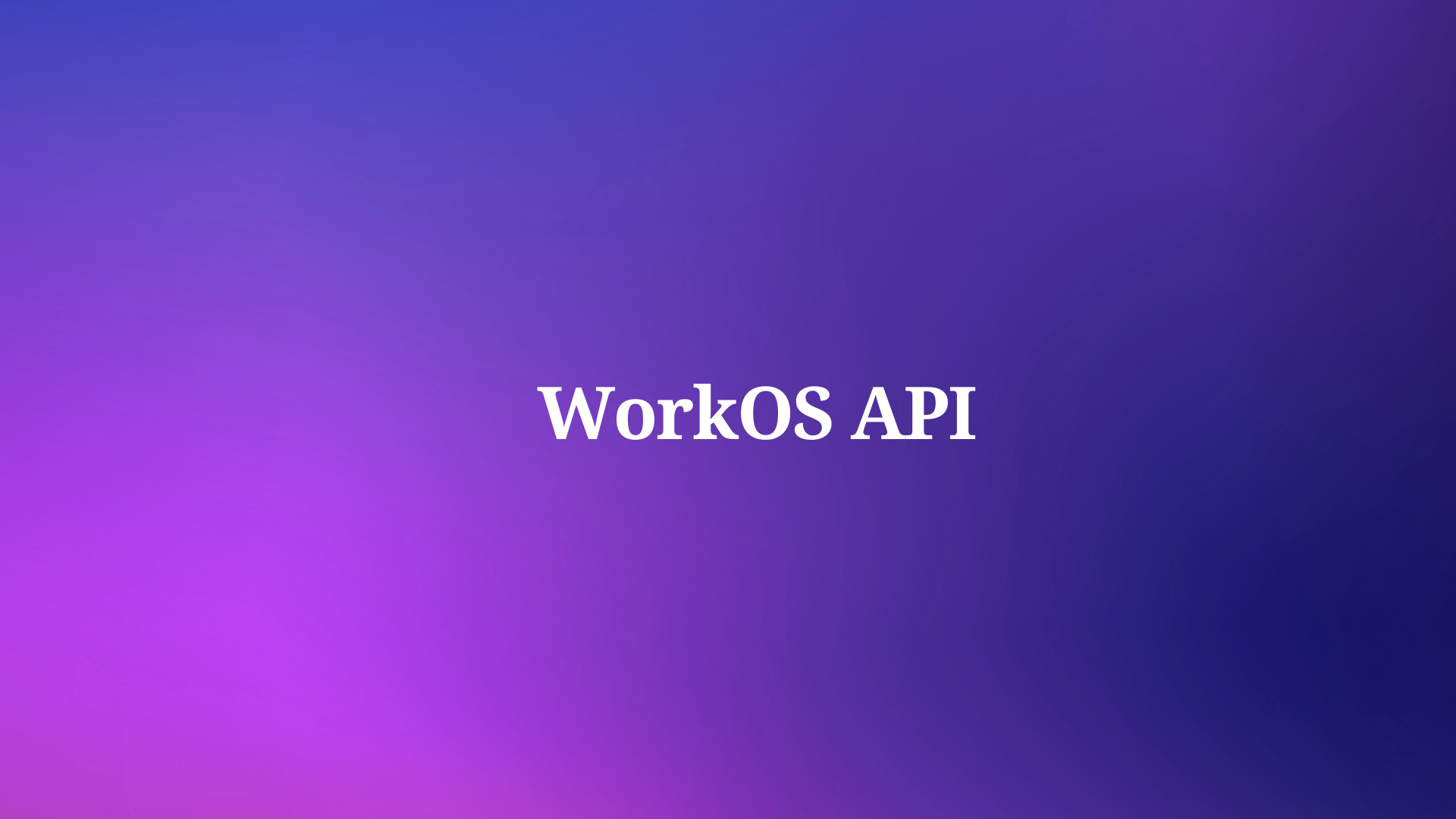Professionals constantly seek tools that streamline file management tasks. Claude, developed by Anthropic, now offers robust capabilities to create and edit files directly, reducing manual effort and enhancing productivity. This feature allows users to generate polished documents, spreadsheets, and presentations through natural language instructions.
Claude represents a significant advancement in AI-assisted workflows. Engineers and analysts leverage it to handle complex data manipulations without switching between multiple software applications. Transitioning from traditional methods, users now instruct Claude to perform tasks that once required hours of coding or manual input. However, understanding the underlying mechanics ensures optimal use. This article examines Claude's file handling features in detail, providing technical insights and practical guidance.
Understanding Claude's Core Capabilities
Claude operates as an AI model from Anthropic, designed for conversational interactions and task execution. It processes user queries and generates responses based on trained patterns. Recently, Anthropic enhanced Claude with file creation and editing functionalities, available in the Claude.ai web interface and desktop app. This update empowers users to produce files like Excel spreadsheets (.xlsx), Word documents (.docx), PowerPoint presentations (.pptx), and PDFs.
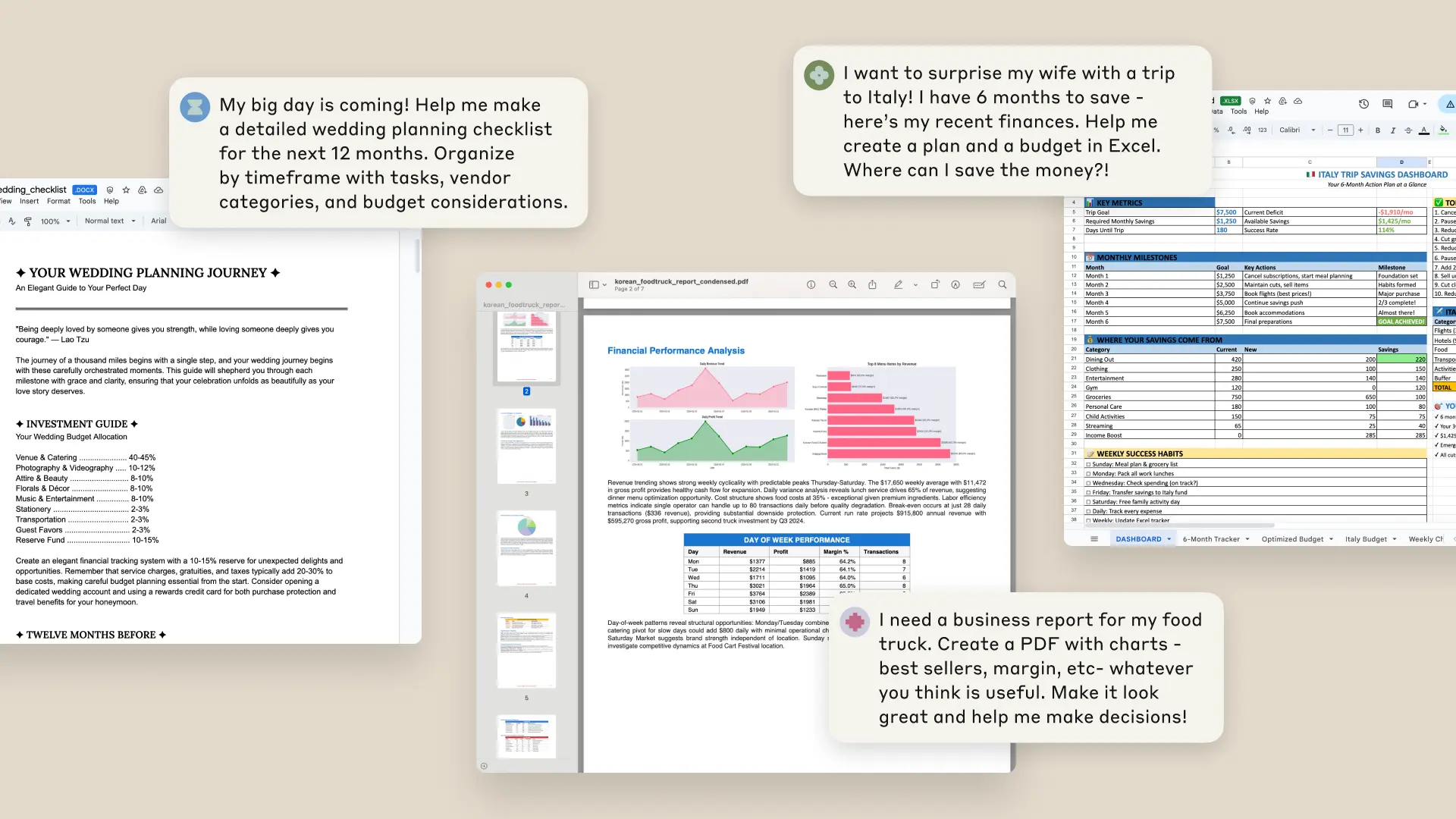
The system functions within a private computer environment where Claude writes and executes code to fulfill requests. For instance, when a user uploads raw data and requests analysis, Claude cleans the dataset, performs statistical computations, creates visualizations, and compiles everything into a downloadable file. This approach eliminates the need for users to possess deep programming knowledge, as Claude handles the technical implementation.
Moreover, Claude integrates with external storage solutions. Users download completed files or save them directly to Google Drive, facilitating collaboration. Security remains a priority; Anthropic advises monitoring interactions closely, especially since the feature grants Claude limited internet access for certain operations. Consequently, organizations implement this in controlled settings to mitigate data risks.
Enabling File Creation in Claude: A Step-by-Step Technical Guide
Users enable the feature effortlessly, but technical users appreciate the nuances. First, log into Claude.ai or launch the desktop app. Access the settings menu by clicking the profile icon. Under "Features," locate the "Experimental" section. Toggle the switch for "Upgraded file creation and analysis." Claude confirms activation with a notification.
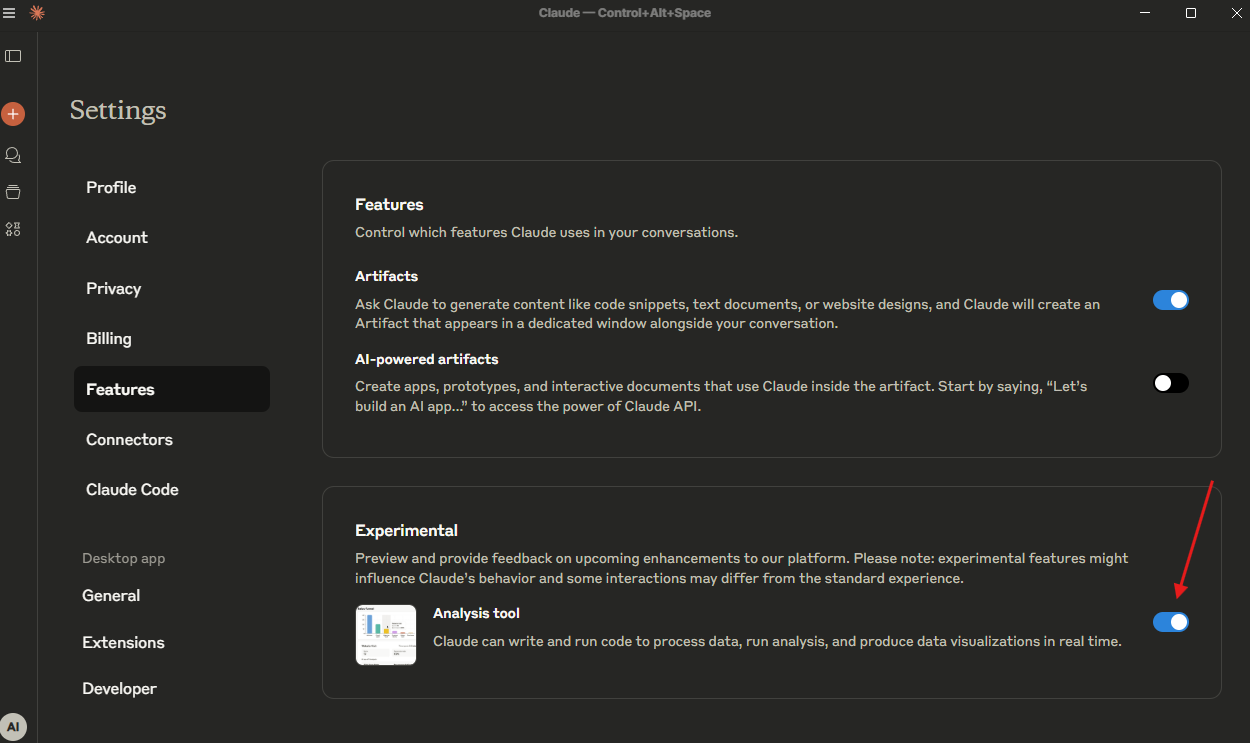
Once enabled, Claude processes file-related queries. For example, upload a CSV file containing sales data. Instruct Claude: "Analyze this data for trends, create charts, and output an Excel file with formulas." Claude interprets the request, executes necessary computations, and generates the file. Download it via the provided link.
Technically, Claude employs a sandboxed environment to run scripts. It uses libraries like Pandas for data manipulation and Matplotlib for charting, though users do not interact with these directly. This isolation ensures safety, preventing unauthorized access to user systems. Furthermore, Claude iterates based on feedback. If the initial output needs adjustments, provide refinements like "Add a pivot table to summarize quarterly sales."
For advanced users, integrate this with version control. Save iterations to Google Drive, track changes, and collaborate. This method suits teams handling iterative projects, such as financial modeling.
Creating Files with Claude: Practical Techniques and Examples
Claude creates files by translating natural language into executable actions. Start with basic tasks to build familiarity. For instance, request: "Create a budget template in Excel with categories for income, expenses, and savings." Claude generates a spreadsheet with predefined formulas, such as SUM functions for totals.
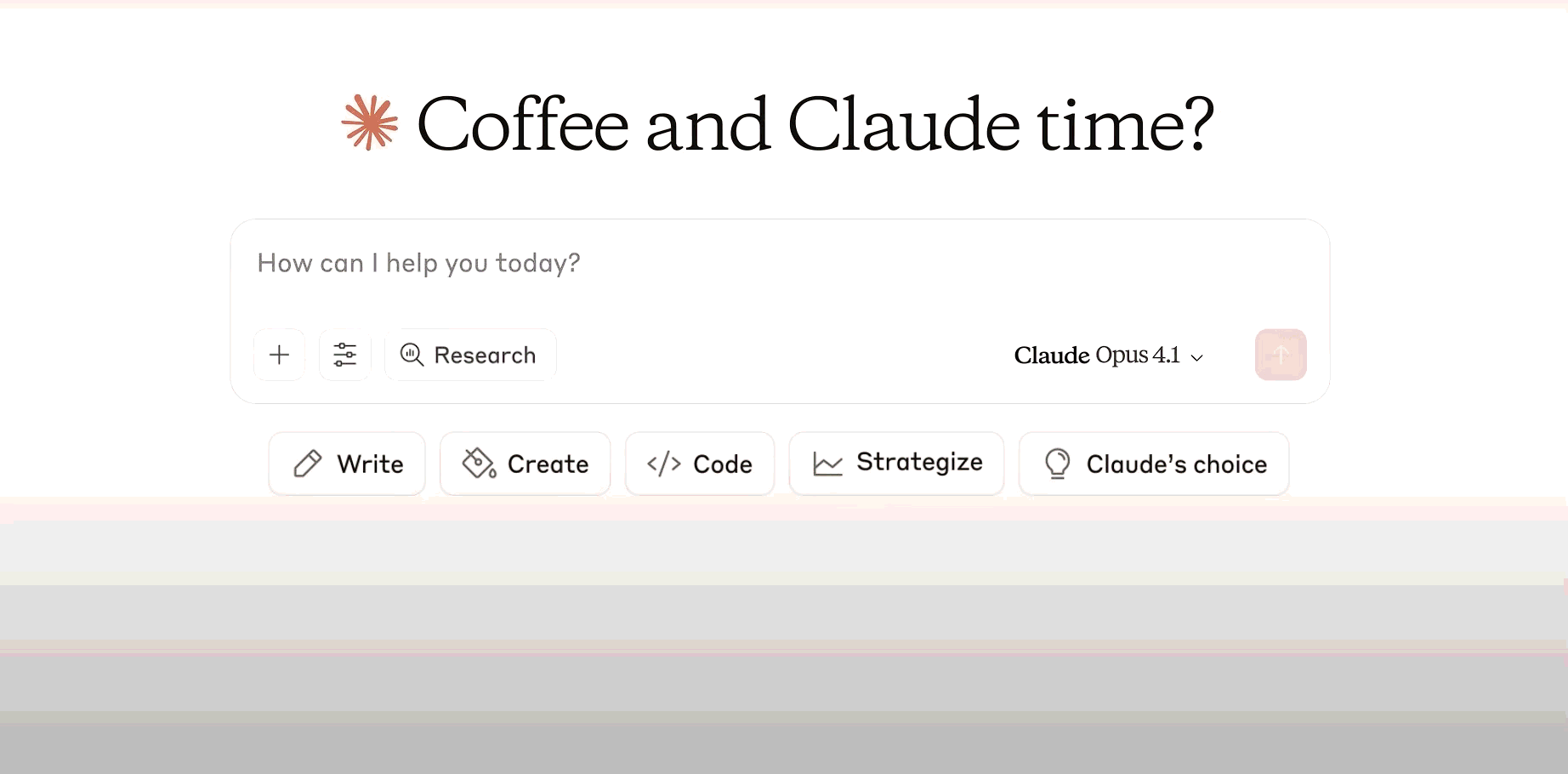
Claude leverages internal tools to handle formats. For Excel, it uses openpyxl or similar to write cells and formulas. For PDFs, it employs libraries like ReportLab. These operations occur server-side, ensuring compatibility across devices.
Moreover, Claude supports multi-step processes. Begin with data cleaning: "Clean this dataset by removing duplicates and handling missing values." Then, analyze: "Perform regression analysis and visualize results." Finally, compile: "Create a report in Word with findings and charts." This sequential approach mirrors real workflows.
To optimize, use precise language. Specify file types, structures, and outputs. For example, "Generate a .xlsx file with conditional formatting for values over 100." Claude applies rules accordingly, demonstrating its attention to detail.
Editing Existing Files: Advanced Methods and Best Practices
Editing builds on creation, allowing modifications to uploaded files. Upload an existing spreadsheet. Instruct: "Edit this Excel file by adding a new column for percentage change and update formulas." Claude opens the file in its environment, makes changes, and returns the updated version.
For documents, request: "Revise this Word doc by rephrasing the introduction and adding a table of contents." Claude processes the content, applies edits, and preserves formatting. This feature excels in iterative revisions, such as drafting reports.
Claude uses file parsing libraries to read and write. It maintains structure, avoiding corruption. Users preview changes in chat before downloading.
Best practices include versioning. Name files distinctly, like "Budget_v1.xlsx," to track edits. Additionally, combine with other Claude features, such as artifact sharing for collaborative reviews.
Handle large files carefully. Claude processes up to certain sizes efficiently; split oversized ones. Furthermore, verify outputs. While accurate, cross-check calculations for critical applications.
Integrating Claude's File Features via API
Developers extend Claude's capabilities through the Anthropic API, incorporating file operations programmatically. The API supports tools like computer use, enabling Claude to interact with a virtual desktop. This allows creating and editing files in a sandboxed environment.
To implement, include the beta header in requests. For Claude 4 models, use "computer-use-2025-01-24." Define tools: computer for desktop actions, str_replace_editor for text edits, and bash for commands.
Example Python code:
import anthropic
client = anthropic.Anthropic(api_key="your_api_key")
response = client.beta.messages.create(
model="claude-4-sonnet-20250514",
max_tokens=1024,
tools=[
{
"type": "computer_20250124",
"name": "computer",
"display_width_px": 1024,
"display_height_px": 768,
"display_number": 1
},
{
"type": "text_editor_20250124",
"name": "str_replace_editor"
},
{
"type": "bash_20250124",
"name": "bash"
}
],
messages=[{"role": "user", "content": "Create a text file named example.txt with content 'Hello from Claude'."}],
betas=["computer-use-2025-01-24"]
)
Claude decides tool usage, executes in a loop until complete. For complex files, install applications like LibreOffice in the sandbox.
Security mandates isolated environments, such as Docker containers, to prevent risks.
Leveraging Apidog for Claude API Integrations
Apidog serves as an all-in-one platform for API development, ideal for working with Claude's API. It enables designing, debugging, mocking, testing, and documenting endpoints. When automating file creation via Claude's API, Apidog streamlines testing.
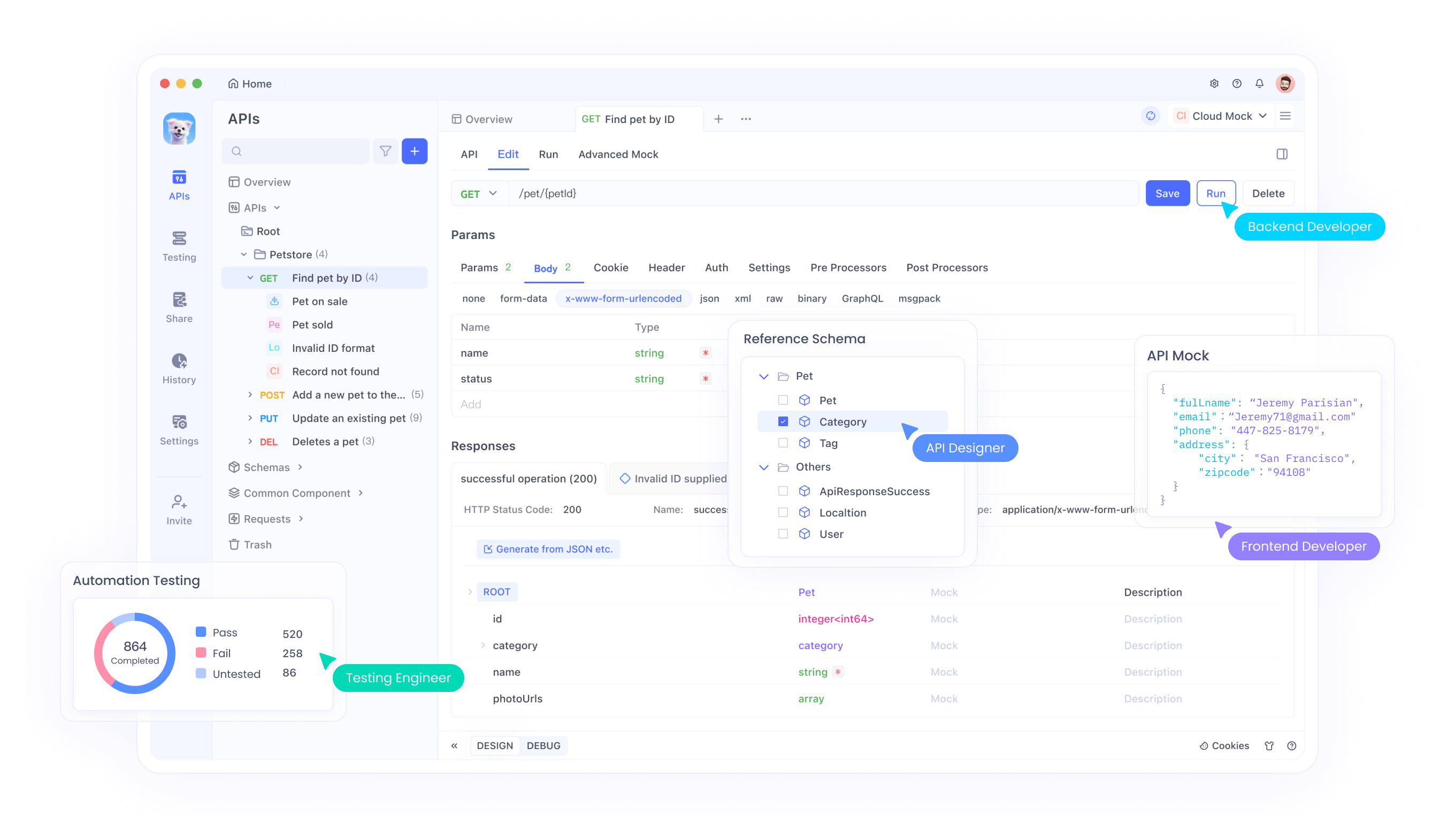
For instance, create API collections in Apidog for Anthropic endpoints. Define requests with headers, bodies, and parameters. Test file creation prompts, validate responses, and mock scenarios for offline development.
Apidog's intuitive interface supports collaboration, allowing teams to share API specs. Integrate it with CI/CD pipelines for automated testing of Claude integrations. This ensures reliable file operations in production.
Furthermore, Apidog handles authentication, such as API keys, securely. Monitor response times and errors, optimizing calls for efficiency.
Overcoming Limitations and Troubleshooting
Despite strengths, limitations exist. The preview phase may introduce bugs; report via support. File size caps require chunking data. Internet access poses risks; disable if unnecessary.
Troubleshoot by clarifying prompts. If outputs err, specify: "Use Python for calculations." Monitor token usage in API to avoid limits.
For API, ensure sandbox setup. Use virtual displays like Xvfb for headless operations.
Future Prospects for Claude's File Handling
Anthropic plans expansions, bridging ideas to execution. Expect broader file support, like images or code repositories. API enhancements may include more tools.
Integration with Apidog evolves, supporting advanced mocking for complex workflows.
Conclusion: Elevating Productivity with Claude and Apidog
Claude revolutionizes file tasks, offering technical precision through UI and API. By incorporating Apidog, developers achieve seamless integrations. Adopt these tools to transform workflows, focusing on innovation rather than tedium.
